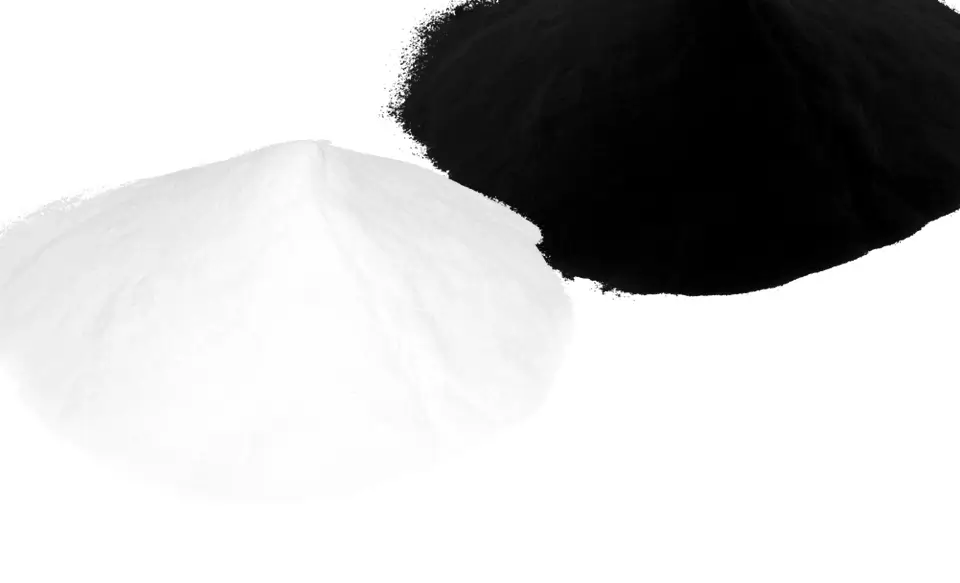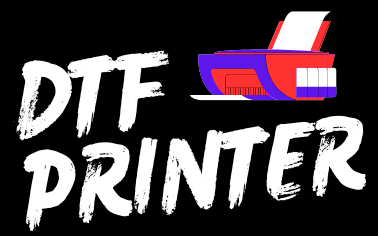
Direct to Film (DTF) powder is the most important element for creating high-quality designs and facilitating the transfer of images or prints on various surfaces such as t-shirts, key chains, and many more. If you’re new to the DTF printing industry and want to know more about how to use DTF powder, then read until the end, as this article is only for you.
In this guide, we provide complete information necessary for you to know about how to use DTF powder, the method, the materials required, and tips that help you achieve unmatched results.
What is DTF Powder
The DTF powder is made of polyurethane resin that is finely ground with adhesive power. It is directly applied on a transfer film without any primer and helps form a strong bond between the ink and fabric. And the prints produced at the end of printing are washable, long-lasting, and water-resistant.
types of DTF powder
Based on particle size, the DTF per is divided into 3 categories as
- Fine Powder
- Medium powder
- Coarse powder
Fine and coarse powders are supposed to be best for DTF printing as they allow complete and good image transfer. However, the medium power is widely used for textile fabric and printing patterns.
White and Black DTF Powder

DTF powder is also available in white and black colours. White powder is commonly used compared to black because it pops out the colours on light and darker garments. The black DTF powder is mostly used for darker fabrics. The black powder is a bit messy and does not give good results as it has the potential to lower the vibrancy of colour compared to white powder.
How to Use DTF Powder: A Step-by-Step Guide Materials Required
The following materials are needed for using DTF powder
- A digital print
- Clear DTF film
- DTF printer
- DTF powder
- A heat press
- A computer with graphic design software
- Oven
- Gloves
- A brush
Method for Using DTF Powder
Here are step-by-step instructions for using DTF powder.
Create Design
Create a digital design using graphic design software such as Adobe Illustrator, C relDRAW, or Photoshop. Before printing, make sure you adjust the size and dimension of your design according to the substrate on which you want to transfer it.
Print Design
Print the design on a dry and clear DTF film using the best DTF printer and allow the ink to dry completely before proceeding to the next step.
Apply DTF powder
Apply a thin layer of DTF powder on the back of the transfer film and dust off the extra power. Make sure the power covers the design completely and evenly.
Prepare the Substrate
Before application of transfer film, prepare the surface of your substrate and ensure it is free from any dust particles. It is important because if the surface of the substrate is not clear, this may affect the image quality.
Curing the DTF powder
After preparing the substrate, cure the DTF powder by placing the film in an oven. Inside the oven, a specific amount of time and temperature is applied until the powder melts and forms a waxy layer on the film; once the DTF power is cured, you can save the film for further use or directly proceed to the next step.
Note: for getting the best results, tt is important to follow the manufacturers’ instructions to cure the power.
Heat press the film
Place the film on the surface of a heat press machine. Now, carefully cover the required area wit PET or transfer film. Cover the film’s top surface with paper and set the time, pressure, and temperature of your heat press machine according to the thickness of the substrate you used for printing.
Peeling and finishing
This is the final step after the heat press peels off the film safely and inspects the image quality.
Helpful Tips and Tricks for Using the DTF Powder
You can achieve the best quality DTF coating results by using our helpful tips and tricks for using DTF powder.
- Always use the best quality DTF transfer paper, ink and printer for image printing.
- Apply a thin, even layer of DTF powder and dust off any excess powder. It is best to start from the top of the transfer paper and slowly pass the DTF powder to ward off the downside of the paper.
- Use the best quality DTF power and store it according to the manufacturer’s guidelines.
- Use the appropriate temperature to cure the powder and examine the film for imperfections. If any defects are found, remove them before putting them to the next step.
- Apply the powder safely and wear protective gloves and masks to avoid inhalation or skin allergy.
Advantages of DTF Powder
Although DTF powder provides a wide range of applications, it is also important to consider its pros and cons before choosing it for your next projects.
Advantages
Durable: DTF Power coating makes the image durable, weather resistant, and long-lasting.
High-quantity Image: DTF power helps to produce high-quality, sharp and vivid print on light and dark fabrics.
Cost-effective: the powder costs less as compared to other popular printing methods.
Versatile Application: DTF powder allows a wide range of applications, including cotton, leather, polyester, blends and many more.
Easy to apply: DTF powder has ease of application without requiring special requirements or expertise.
Perfect and uniform finish: The DTF powder allows a perfect and uniform finish on the final product.
FAQS: How TO Use DTF Powder
Do I Need Powder for DTF Transfer?
The best quality DTF powder is mandatory for a complete and durable image transfer. In addition, if you do not use DTF powder, you can not heat press your transfer films.
How long does it take for DTF powder to cure?
As different manufacturers have different curing temperatures and times. So, before curing the DTF power following the manufacturer’s guidelines is important. However, mostly, it is completely cured at 325 degrees between 3-5 minutes.
Can you put DTF on any fabric?
You can use DTF printing for various fabrics, including 100% cotton, treated leather, blends, polyester and nylon. Moreover, it can also be used for both light and dark fabrics.
Conclusion
To sum up, now you are well aware of how to use DTF powder, and by following the simple steps, tips and tricks provided in this guide, you can achieve excellent results. Overall, DTF printing is effective for a wide range of applications. Still, it is also important to consider both advantages and drawbacks before choosing the right option or choice for your specific needs.

